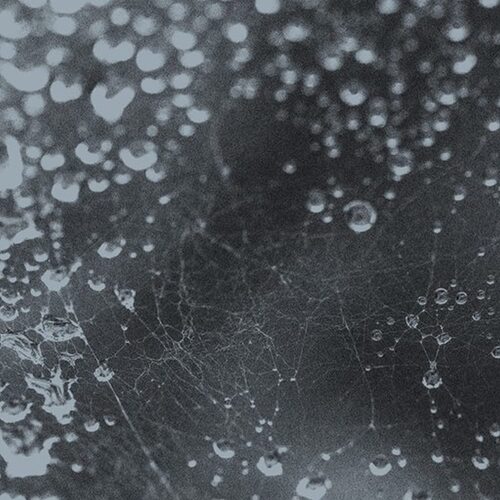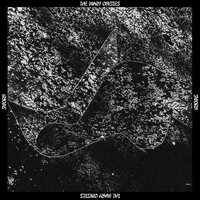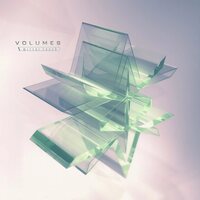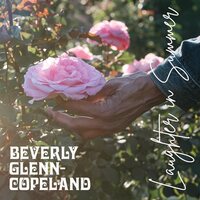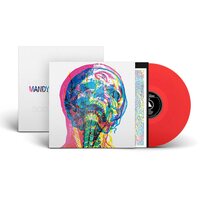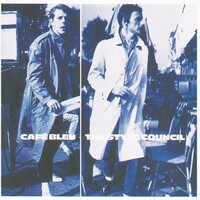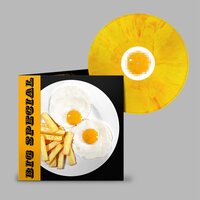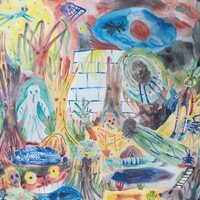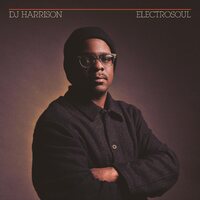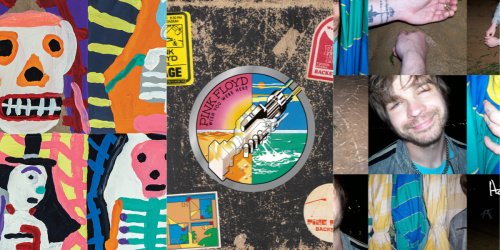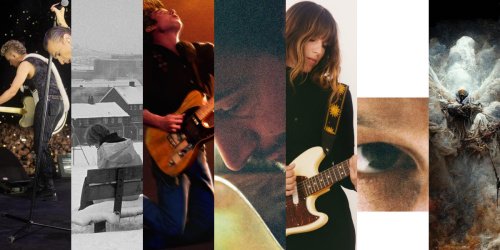Following on from acclaimed recent releases on Hallow Ground and Boomkat's Documenting Sound series, NOISEEM is a major new work from Japanese sound artist/instrument inventor Yosuke Fujita, who performs under the name FUJIIIIIIIIIIIITA. Where Fujita's recent recorded output has focussed primarily on documentation of his remarkable self-built pipe organ, NOISEEM is the culmination of half a decade of work with highly amplified water. The evocative and timbrally rich sound of water has inspired concrete and experimental music practices since ground-breaking works such as Hugh Le Cain's 'Dripsody' and Knud Viktor's obsessively aquatic 'Images'. However, other than his compatriot Tomoko Sauvage, few have explored the possibilities of water in live performance to the extent that Fujita has, constructing a series of water tanks that, with their pumps and amplification controlled by the performer, become a new musical instrument. The recordings contained here are drawn from live performances in Tokyo and London, edited and mixed by Fujita into two side-length pieces dominated by water, pipe organ, voice and subtle electronics. On 'AWA', which occupies the LP's first side, the listener is immediately immersed in an aqueous world of recognisable drips and splashes, as well as more mysterious squeaks and squawks. While the liberal use of delay at times conjures up the sound world of early electronic music, the sparklingly clear amplification is unmistakably contemporary, lending the music a stunning weight and tactility. Building over several minutes, the piece eventually comes to a rapid boil, criss-crossed by washes of white noise splashes of electronics, before the untempered long tones of the pipe organ enter. The slowly shifting harmonies lend the remainder of the side a meditative, almost oneiric quality, inviting listeners to lose themselves in the aquatic layers that ripple across the harmonic foundation. On the second side, 'UZU' begins more starkly, with a single rapid bubble, quickly joined by full-spectrum wooshes and silvery, ringing tones. After a few minutes, the music undergoes a radical, entirely unexpected shift with the entry of a distorted, auto-tuned voice that repeatedly cycles through ascending and descending melodies. Left alone at times to be heard acapella, this mysterious element at times takes an odd resemblance to dhrupad singing. Eventually joined by rich, sonorous chords from the organ, the high tones of Fujita's voice, and water, the piece takes on an ecstatic quality, channelling the sublime expansiveness of the natural element on which it is built.
Release date:
July 29, 2022
Label:
Install our app to receive notifications when new upcoming releases are added.

Recommended equipment and accessories
-

Vinyl Care - Top Picks
A selection of accesories to keep your turntable equipment & vinyl records in the best shape
-

Turntables - Top Picks
A selection of reliable record players you can buy today, for every budget
-
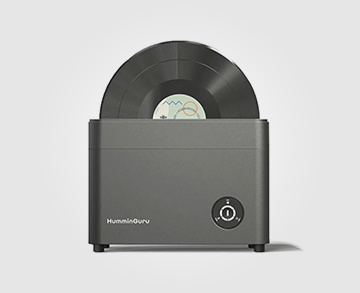
HumminGuru: Ultrasonic Vinyl Record Cleaner
Advanced ultrasonic technology with customizable cleaning cycles and a large tank capacity to thoroughly remove dust, dirt, and contaminants
-

Cartridges - Top Picks
A selection of turnatble cartridges that provide great performance and sound quality
-

Edifier R1280DB Powered Speakers
Combining classic design with modern Bluetooth connectivity, built-in amplification and versatile inputs, these speakers deliver rich, balanced sound.
Featured Upcoming Vinyl
-

The Mary Onettes SWORN
Welfare Sounds & Records
February 6, 2026 -

Volumes Mirror Touch
Fearless Records
February 27, 2026 -

Peaches No Lube So Rude (Blue)
Kill Rock Stars
February 20, 2026 -

King Gizzard and the Lizard Wizard King Gizzard (Demos Vol. 7 + 8 Double Splatter) [2xLP]
Reverberation Appreciation Soc
January 30, 2026 -

Melanie C Sweat
Red Girl Media Ltd.
May 1, 2026 -

Sylvan Esso Wdid B/W Keep on
Psychic Hotline
January 9, 2026 -

Beverly Glenn-Copeland Laughter in Summer (Pink)
Transgressive
February 6, 2026 -

Indiana Mandy Urgh
Sacred Bones
February 6, 2026 -

Style Council Cafe Bleu [3xLP]
Polydor
January 30, 2026 -

Big Special National Average. (Orange/Yellow Marble)
So Recordings
December 26, 2025 -

Louis Tomlinson How Did I Get Here? (Yellow & Orange, with Exclusive Poster)
Bmg
January 23, 2026 -

Joshua Idehen I Know You’re Hurting, Everyone Is Hurting, Everyone Is Trying, You Have Got To Try
Heavenly
March 6, 2026 -

The Notwist News From Planet Zombie
Morr Music / M.m.
March 13, 2026 -

DJ Harrison ElectroSoul
Stones Throw Records
January 23, 2026
